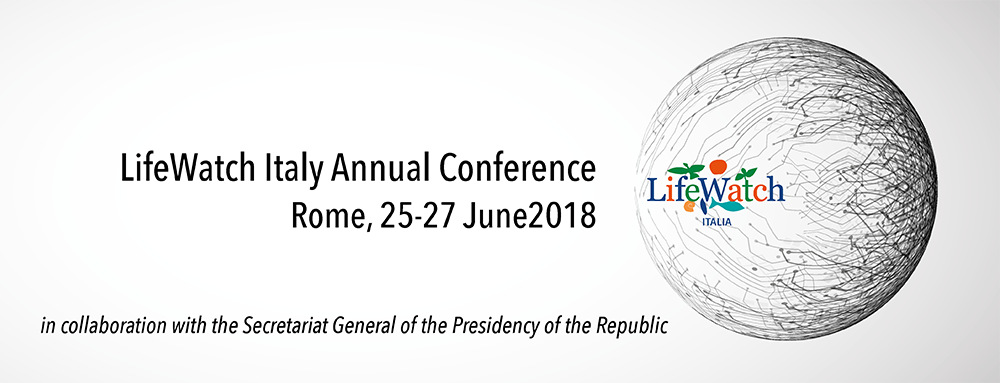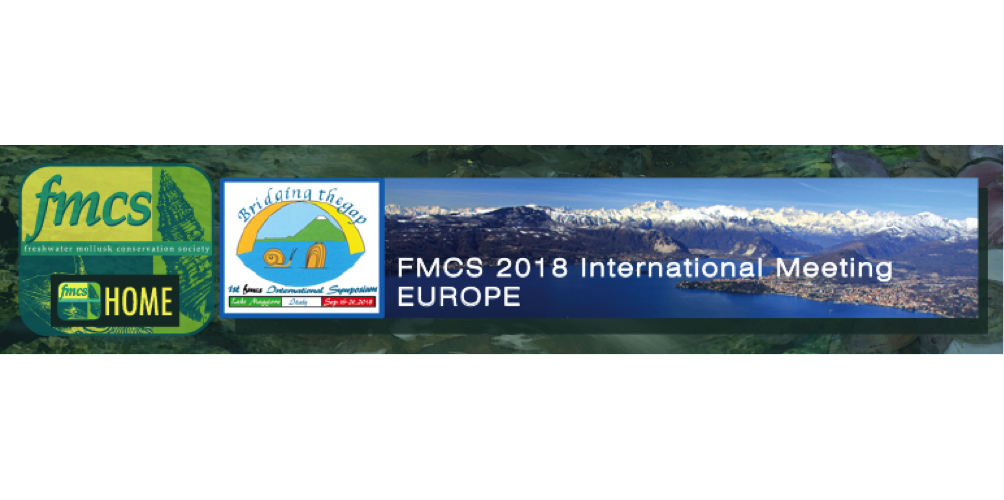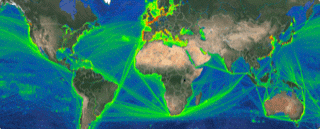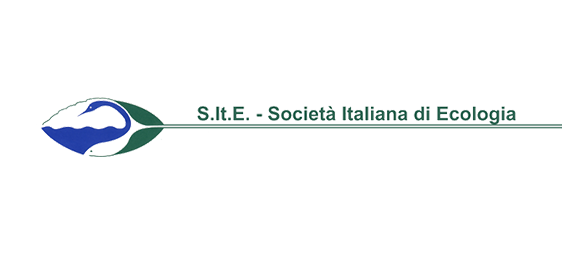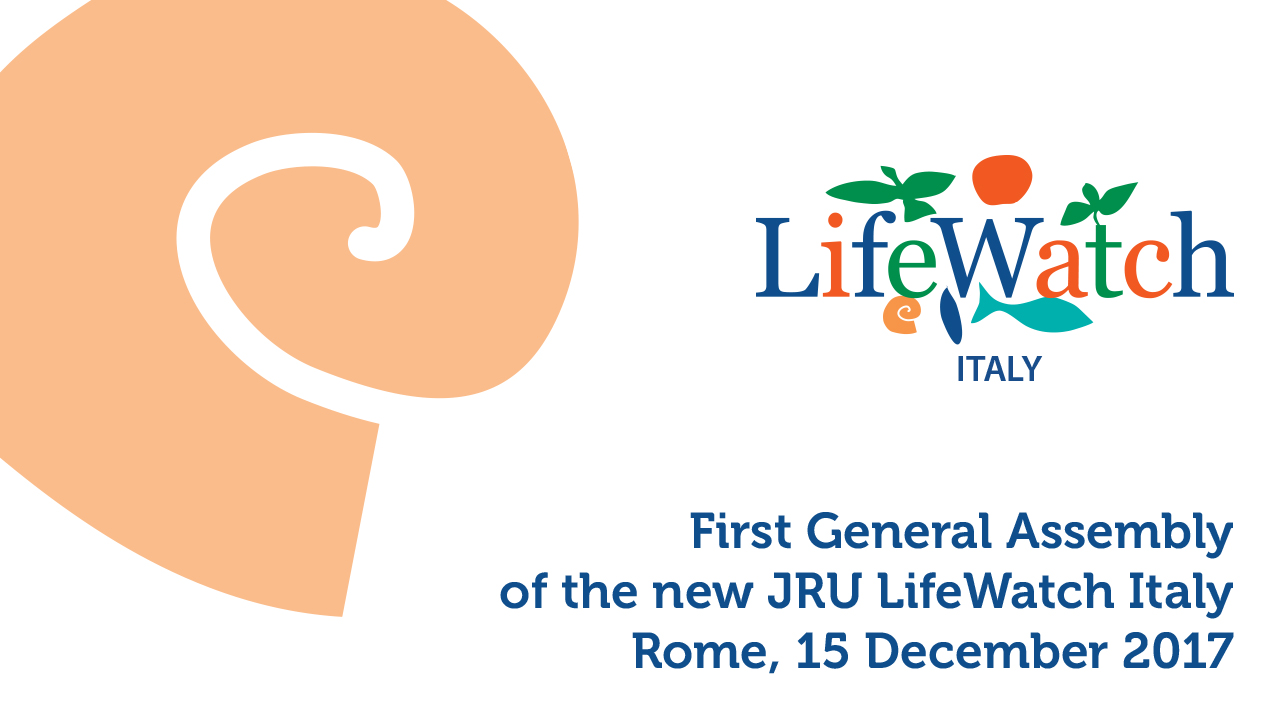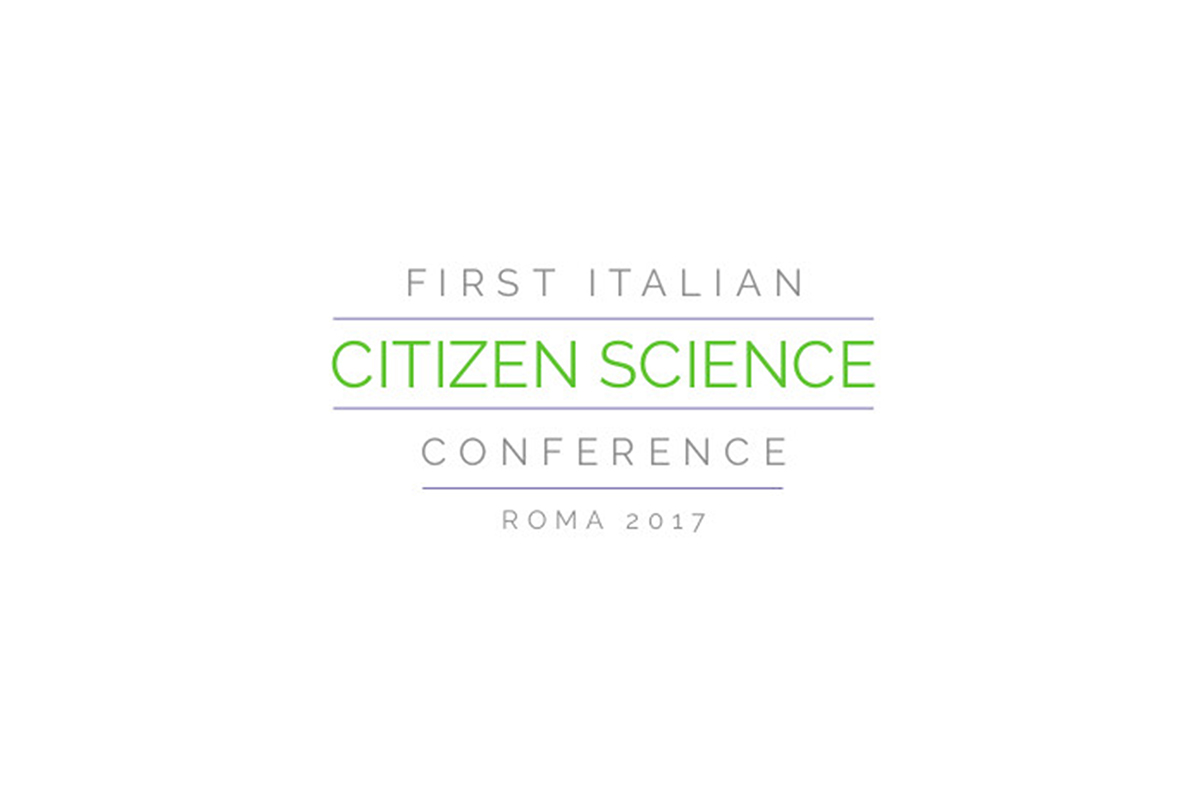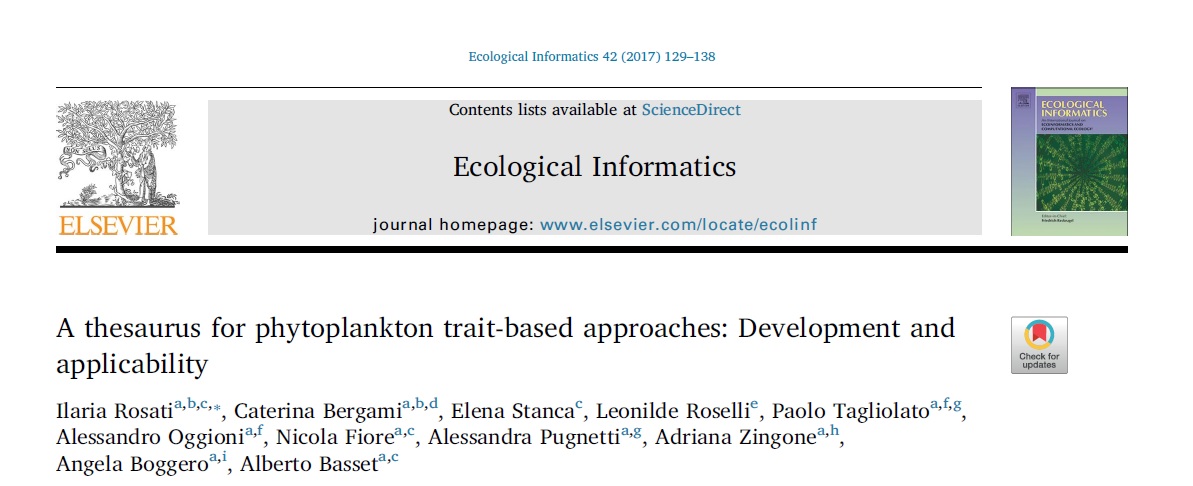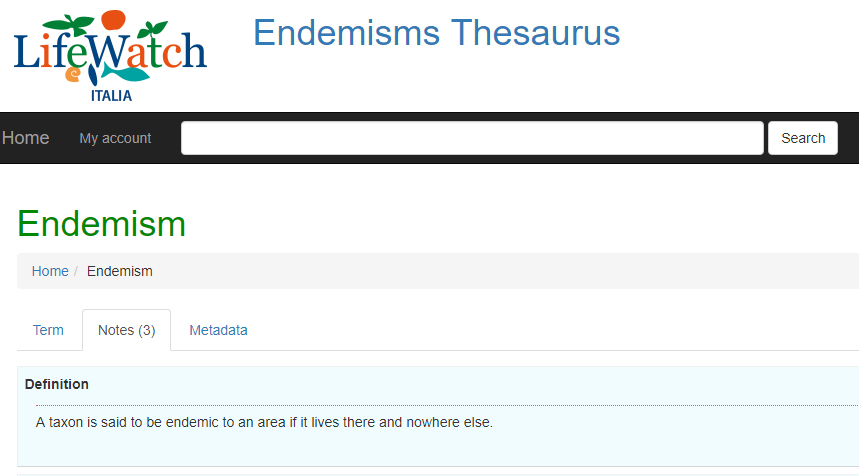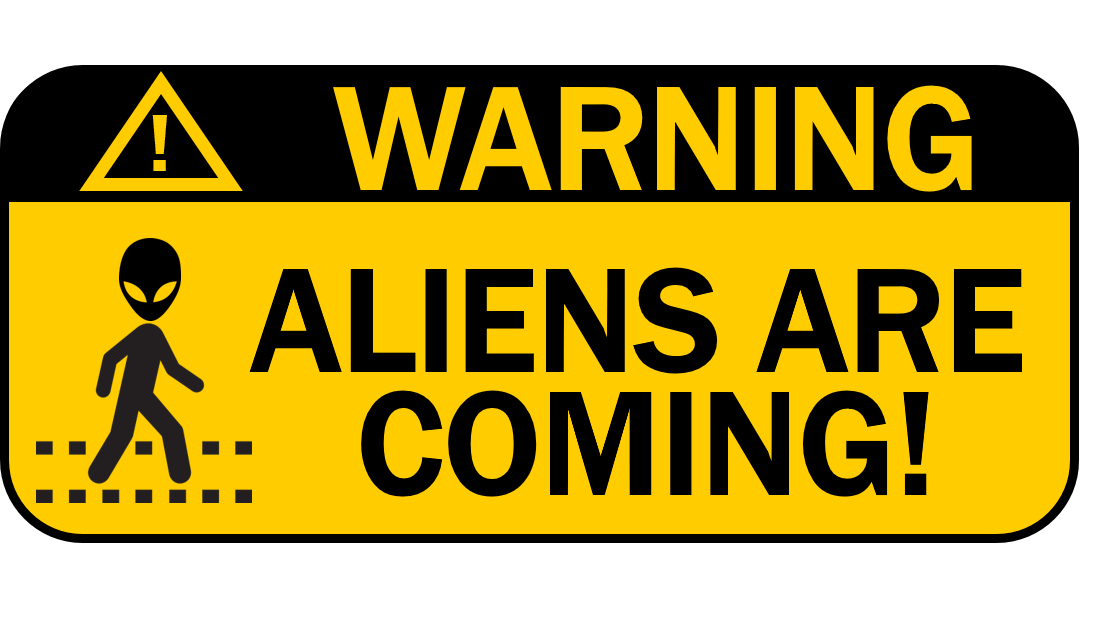From 25 to 27 June 2018, LifeWatch Italy will hold its Annual National Conference in Rome.
The Annual Conference of LifeWatch Italy, open to the national scientific community, aims at presenting the latest developments of the national node of the European infrastructure, welcoming, at the same time, external contributions on case studies and creating new opportunities for interaction and cooperation with the Infrastructure.
More in details, the Scientific Conference will be held on 25 and 26 June 2018 and will be articulated in three plenary and parallel thematic sessions addressing key topics at the heart of LifeWatch Italy activities in the last two years. These will focus on:
1. Data, Metadata & ICT Services.
3. Citizen Science, Communication of Science & Education.
The Annual Conference will be closed by an institutional day with a round table, hosted in the fascinating Italian Presidential Estate of Castelporziano. In collaboration with the Secretariat General of the Presidency of the Italian Republic, LifeWatch Italy is gathering the main National stakeholders and relevant Research Infrastructures, to present itself and the opportunity offered for a deeper knowledge and better management of biodiversity and ecosystems, and to discuss how interconnecting the RIs active in the field.
More details and future updates will be available on the Conference website.
The Call for Abstracts is available here.
To send a contribution for the scientific conference, please register and fill in the whole form. You have time until 4 May 2018.
